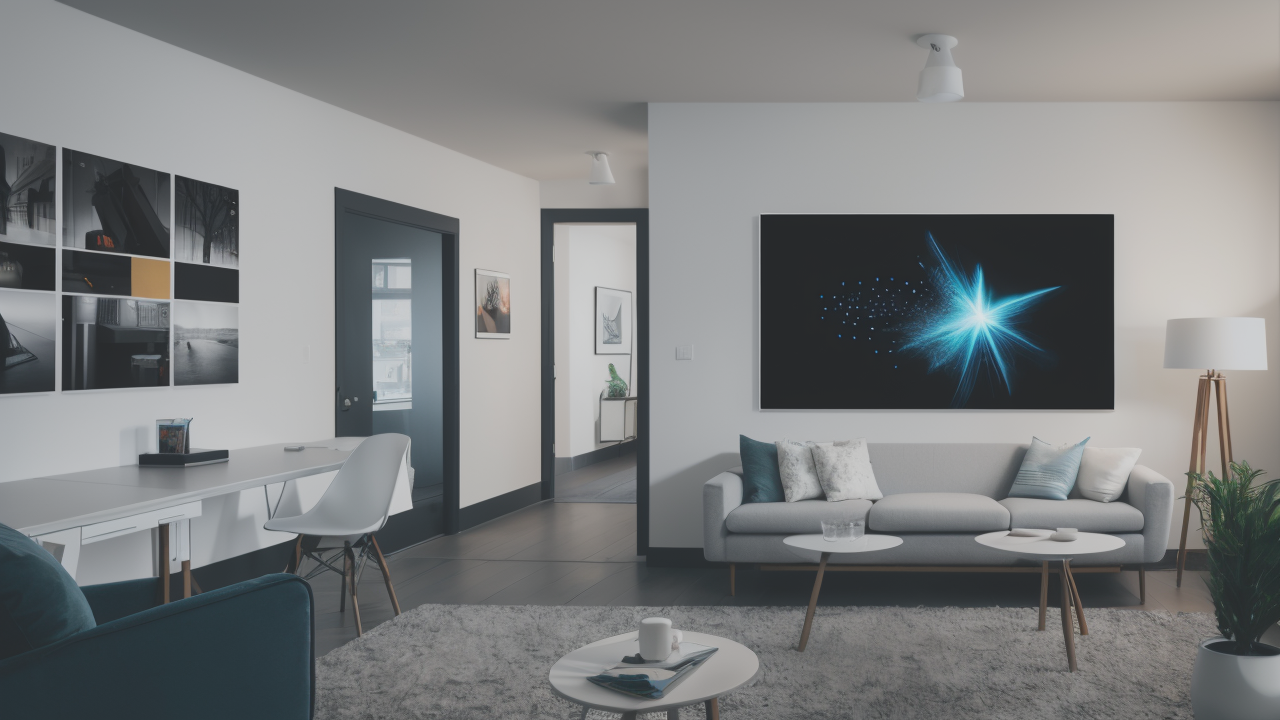
The Evolution of Pop Art: Warhol's Influence on Modern Wall Decor
The Origins of Pop Art in the United States
The Concept of Pop Art and Its Historical Context
Pop Art emerged in the 1950s as a fresh and bold art movement. It challenged traditional art by embracing popular culture. Pop Art drew inspiration from everyday objects and mass media.

The post-World War II era saw a rise in consumerism and mass production. Pop Art reflected this cultural shift. It celebrated the ordinary and the commercial. Artists used bright colors and simple shapes in their work.
Pop Art was a reaction to the seriousness of Abstract Expressionism. It brought humor and accessibility to fine art. This movement blurred the lines between high art and popular culture.
The historical context of Pop Art is key to understanding its impact. It coincided with the rise of television and advertising. These media greatly influenced the look and themes of Pop Art.
Key Innovators of the Early Pop Art Movement
Andy Warhol stands out as the most iconic figure of Pop Art. His Campbell's Soup Cans and Marilyn Monroe prints are instantly recognizable. Warhol explored themes of celebrity culture and mass production.
Roy Lichtenstein was another pioneer of the movement. He drew inspiration from comic books and advertisements. His bold, graphic style became a hallmark of Pop Art.
Claes Oldenburg made his mark with oversized sculptures of everyday objects. His giant hamburgers and soft sculptures challenged traditional notions of art.
Other notable artists include Tom Wesselmann and James Rosenquist. Each brought their unique vision to the Pop Art movement. They helped shape its diverse and dynamic nature.
Robert Indiana's LOVE sculpture became a cultural icon. It showed how Pop Art could create simple yet powerful images.
The Transformation of Pop Art Over the Years
The Impact of Technology on Pop Art
Technology has changed how Pop Art is created and experienced. Digital tools have opened up new possibilities for artists. They can now manipulate images and create complex designs with ease.

3D printing has allowed Pop artists to bring their designs into the physical world. This technology enables the creation of intricate sculptures and installations. It has expanded the scope of what's possible in Pop Art.
Social media platforms have become a new canvas for Pop artists. They can share their work instantly with a global audience. This has led to the rise of digital Pop Art and meme culture.
Virtual and augmented reality are pushing the boundaries of Pop Art. These technologies offer immersive experiences that blur the line between art and reality.
The internet has also changed how Pop Art is bought and sold. Online galleries and NFTs have created new markets for digital Pop Art.
From Installations to Home Decor: The Expansion of Pop Art Forms
Pop Art has moved beyond gallery walls and museum installations. It has found its way into everyday life through home decor and design. This shift has made Pop Art more accessible to the general public.
Pop Art-inspired furniture and accessories are now common in modern homes. Bright colors, bold patterns, and iconic imagery are popular choices. These items bring a playful and energetic vibe to living spaces.
Wall art and prints allow people to easily add Pop Art to their homes. Many companies offer affordable reproductions of famous Pop Art works. This has made the style available to a wider audience.
Pop Art has also influenced product design. From clothing to electronics, its aesthetic can be seen in many consumer goods. This has further blurred the line between art and commerce.
The expansion of Pop Art forms has led to collaborations between artists and brands. These partnerships create unique products that merge art and functionality.
Current Trends and Future Projections in Pop Art
The Role of Social Media in the Popularity of Pop Art
Social media has become a powerful tool for Pop artists to showcase their work. Platforms like Instagram and TikTok provide instant exposure to large audiences. This has led to the discovery of new talent and the revival of established artists.

The visual nature of Pop Art makes it perfect for social media sharing. Bright colors and bold designs stand out in crowded feeds. This has helped Pop Art maintain its relevance in the digital age.
Social media has also influenced the themes and subjects of Pop Art. Memes, viral trends, and internet culture are now common inspirations. This reflects the shift in what is considered "popular" in the modern era.
Hashtags and challenges on social media often feature Pop Art-inspired content. This encourages user participation and helps spread the style to new audiences.
The immediacy of social media allows Pop artists to respond quickly to current events. This has led to a more dynamic and socially engaged form of Pop Art.
Emerging Trends in Pop Art Sculptures and Installations
Contemporary Pop Art sculptures are pushing boundaries in scale and materials. Artists are creating massive installations that transform public spaces. These works often incorporate interactive elements to engage viewers.
Sustainable materials are becoming increasingly popular in Pop Art sculptures. Artists are using recycled plastics and eco-friendly materials. This reflects growing environmental concerns in society.
Digital elements are being integrated into physical sculptures. Projection mapping and LED displays add dynamic visual effects. This fusion of technology and traditional sculpture creates immersive experiences.
Pop Art installations are becoming more experiential and participatory. Artists are designing spaces that invite audience interaction. This shift reflects a desire for more engaging and memorable art experiences.
The line between fine art and functional design is blurring in Pop Art sculptures. Many pieces serve dual purposes as both art and furniture or lighting. This trend makes Pop Art more accessible and integrated into daily life.


